Recently, at the Government Standing Committee meeting to review the planning project of the Red River landscape boulevard and the Olympic Sports Urban Area in Hanoi, the Prime Minister noted that Hanoi needs to make efforts to start construction of these two projects on December 19, 2025 to create momentum, create force, and create momentum to enter a new era. The Red River landscape boulevard axis is one of the five strategic axes specifically shown in the Capital's Master Plan.

One of the illustrative perspectives of the Red River Landscape Avenue Planning Project.
This project has a research scale of about 11,000 hectares, stretching over 40km along the Red River, passing through 16 communes and wards in the area inside Ring Road 4, affecting 40,000 people. The basic planning project has been completed by Hanoi City with about 8 landscape parks, 12 thematic parks, with a total area of more than 3,000 hectares.
The project will contribute significantly to Hanoi achieving four major goals, including solving traffic congestion; reducing environmental pollution; urban beautification; and solving flooding in the inner city. When completed, the project will also connect all bridges over the Red River.
Prime Minister Pham Minh Chinh stated that the Government Standing Committee agrees in principle; these are major projects contributing to building a bright, green, clean, beautiful, modern, and international-class capital, so Hanoi and related ministries and branches need to complete the project and report to the Government Party Committee and the Government to request the Politburo 's approval.
The Prime Minister assigned Deputy Prime Minister Tran Hong Ha and relevant ministries, sectors, and Hanoi City to draft a report to the Politburo. When the Politburo gives its opinion, the ministries, sectors, and Hanoi City will base on their functions, tasks, and powers to implement it. The Prime Minister also directed Hanoi to develop a project to effectively exploit water surface space, ground space, underground space, and outer space. In addition, related issues such as dykes, minerals, and environmental impact assessment are specific issues, and Hanoi is responsible for completing them according to regulations.
According to Mr. Phan Truong Thanh, Head of the Finance - Investment Department (Hanoi Department of Construction), in November, the project planning project will be completed and submitted to relevant ministries and branches for comments and submitted to the Prime Minister for consideration as a basis for implementation. The city has mobilized all levels, branches and localities to participate with the hope that the project will start before the 14th National Party Congress. This is also a project that Hanoi City has identified as particularly important and multi-purpose. The Hanoi People's Committee has established a working group to carry out tasks on architectural planning and research on the Red River landscape boulevard project.
The working group is responsible for directing the review and assessment of the current situation; planning; proposing investment policies and component projects; removing obstacles related to land, site clearance, resettlement, and preparing documents and reports to the City Party Committee, the City People's Committee, and the Government. According to the direction of the Hanoi City People's Committee, the project will be divided into 3 components. Accordingly, component project 1 focuses on site clearance; component project 2 is the Red River landscape boulevard axis; component project 3 is the construction of two Monorail lines running along both sides of the river, each line is about 40km long.
In addition, Mr. Thanh said that with more than 3,000 hectares of park, the project will create a very large green area, helping to reduce air and water pollution. With this project, Hanoi will have a new, civilized, modern and more beautiful urban face. On the other hand, the Red River is still the main flood control outlet for the inner city area. During the project implementation, drainage pumping points from the inner city to the Red River will be established, upgraded, and the flood control capacity will be maximized. When completed, the project will connect all bridges over the Red River.
In addition, the project will study the construction of additional bridges or tunnels across the river depending on the planning location. These projects will not only improve traffic connectivity, but also create more momentum for balanced socio-economic development on both the South and North banks. At the same time, expanding connections to neighboring provinces and cities will strengthen Hanoi's leading position as the "big brother" in the Red River Delta region.
With the scope of impact to 40,000 people, Mr. Phan Truong Thanh said that the requirement is to ensure living conditions for those affected, create conditions for people to have new housing better than the old housing, and give priority to all people to be resettled on the spot. The leaders of the Hanoi People's Committee have introduced a new concept, "resettlement urban area", as a basis for considering housing arrangements for people affected by the project.
Regarding this mega project, Prof. Dr. Le Van Nghi, Director of the National Key Laboratory of River and Sea Dynamics, noted that the Red River system has many different hydrological characteristics compared to other river systems in the world, such as the dike system that has been formed for thousands of years, the water level as well as the flood protection cycle is 500 years. Therefore, in the process of researching and designing the project, in addition to referring to advanced and successful models in the world, it is necessary to pay attention to the current characteristics to have appropriate adjustments and optimizations.
Chi Linh












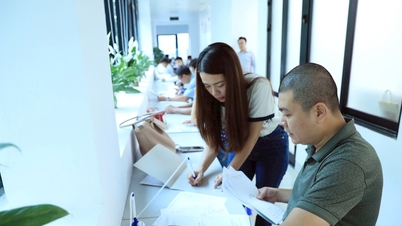



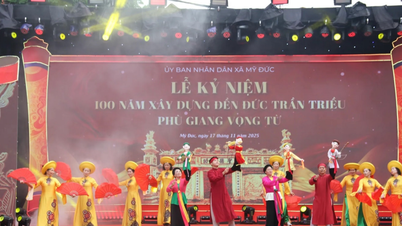

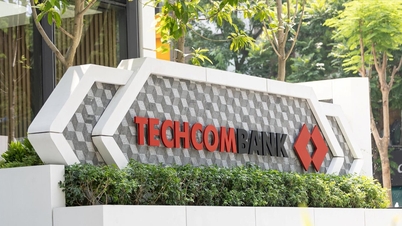

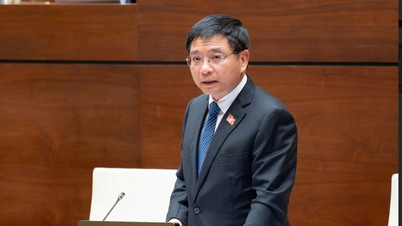













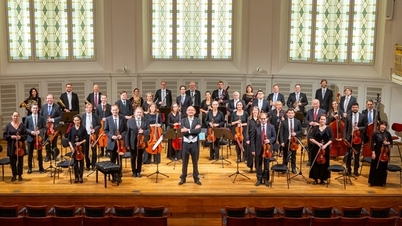

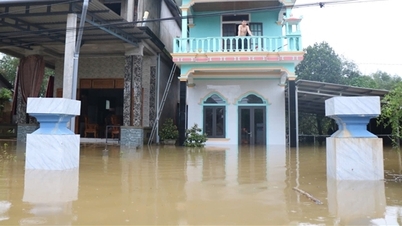

![[Photo] General Secretary To Lam and National Assembly Chairman Tran Thanh Man attend the 80th Anniversary of the Traditional Day of the Vietnamese Inspection Sector](https://vphoto.vietnam.vn/thumb/1200x675/vietnam/resource/IMAGE/2025/11/17/1763356362984_a2-bnd-7940-3561-jpg.webp)



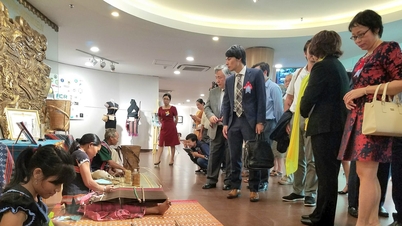





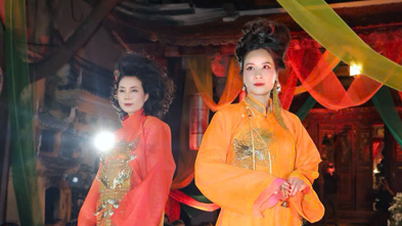



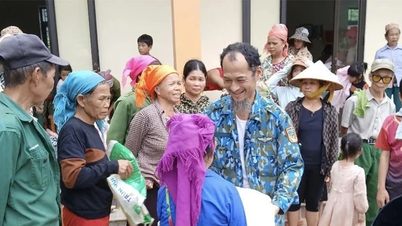



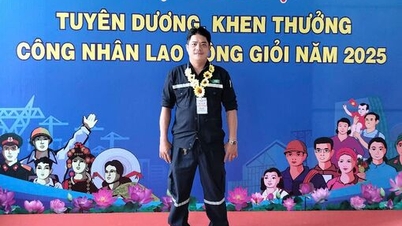







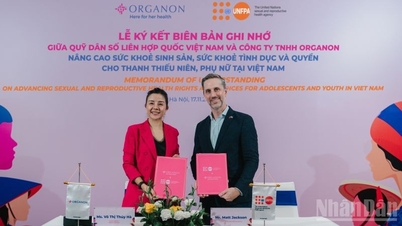















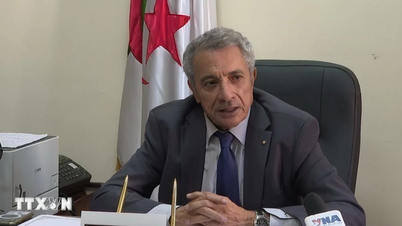









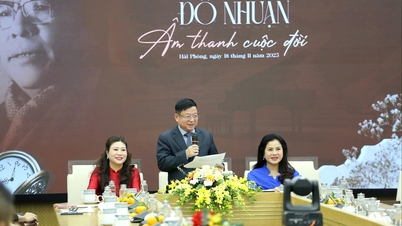


















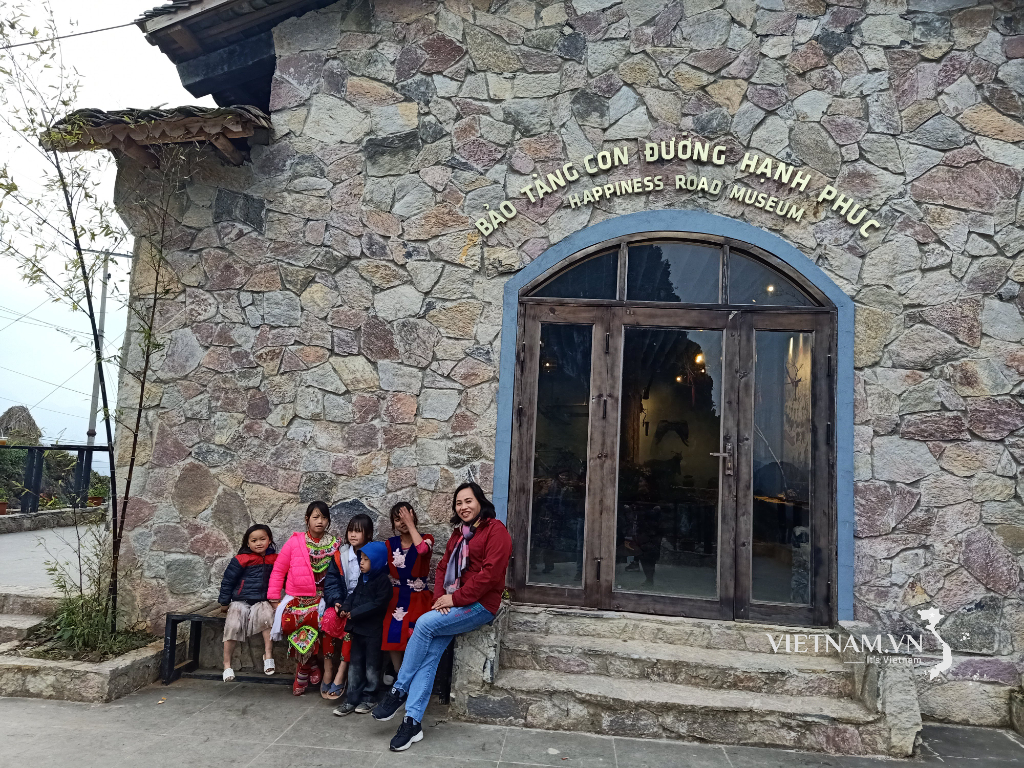


Comment (0)